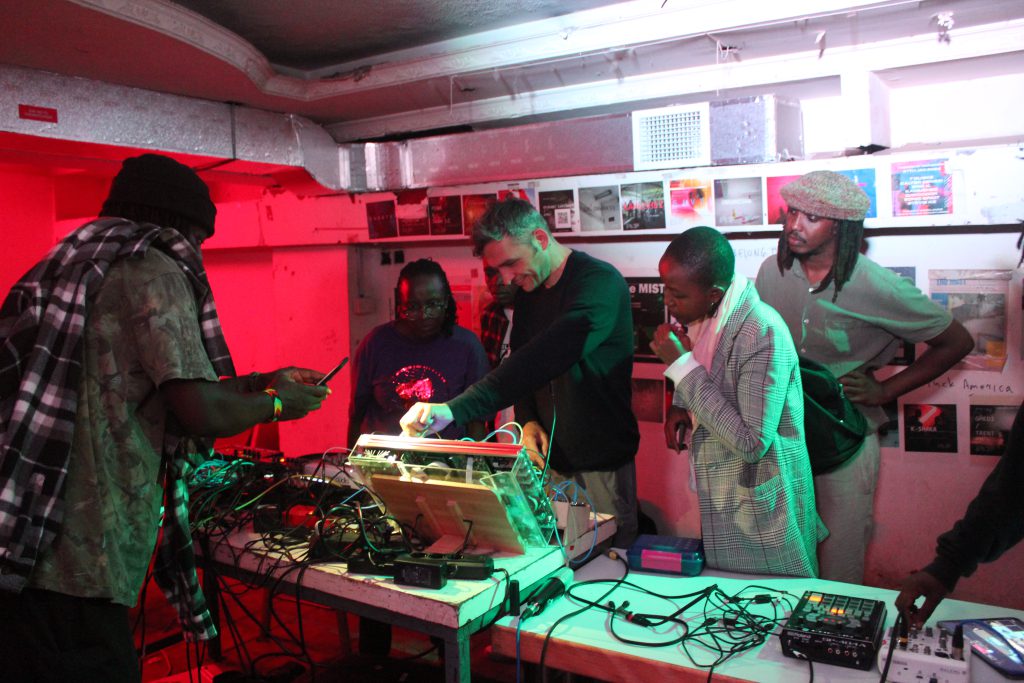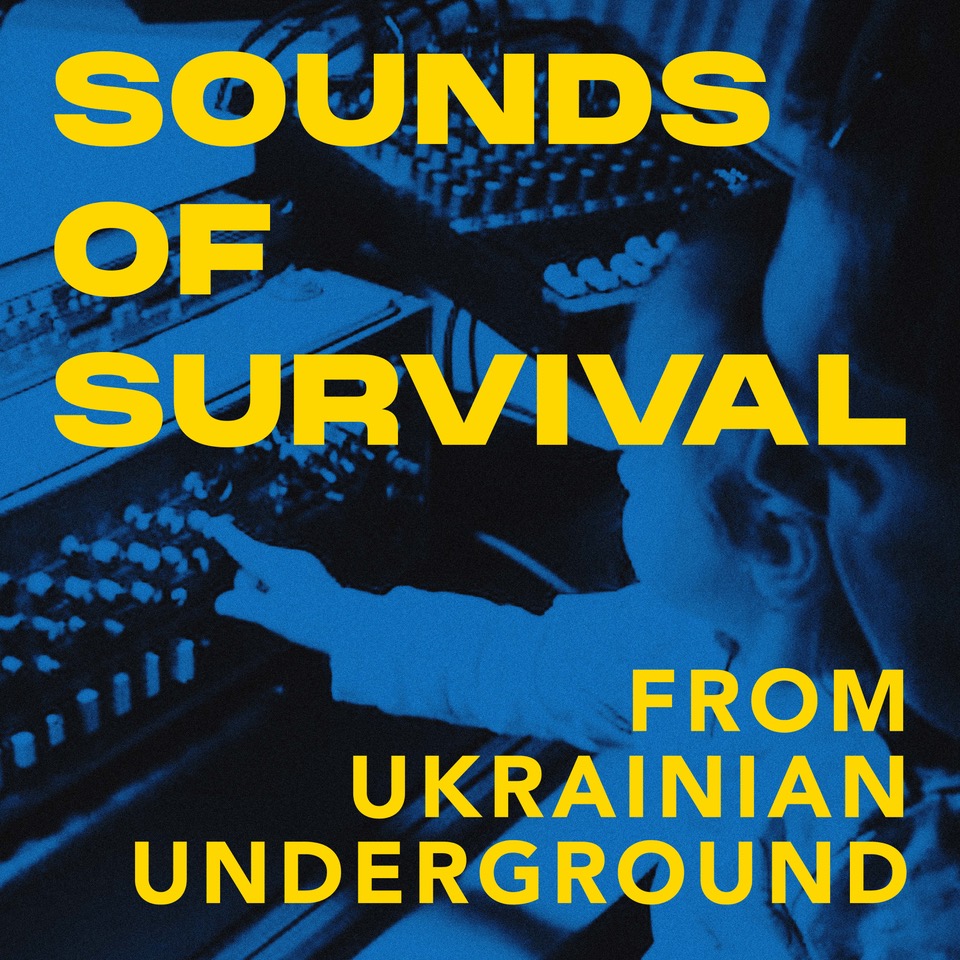
As part of a ten-day residency in Nairobi, the Berlin-based electronic music duo Gebrüder Teichmann deepened long-standing connections with Kenya’s vibrant music and art scenes. Their engagement with Nairobi traces back to the seminal BLNRB (Berlin–Nairobi) project (2009–2011), coordinated in collaboration with the Goethe-Institut. This return visit continued that legacy through new collaborations and recordings.
Central to the residency was the underground venue The Mist, founded by DJ Raph, located in the basement of a repurposed shopping mall in Westlands. The space, also home to the Santuri Salon, C&, and various workshop and performance areas, served as both studio and performance hub for the duration of the project. The Mist’s ethos of free entry and open access made it a vital platform for creative exchange.
Activities included concerts, public talks, workshops, and recording sessions with local artists such as the Maasai Mbili Art Collective, DJ Raph, Monrhea, and 7HeadCo. A special highlight was a collaborative live performance fusing electronic instruments, live percussion, chants, and sampling, echoing the aesthetics of street preachers and independent African church services. Events were embedded in local series like Tchno Fridays and Metropolis, as well as The Clearing radio show.
Workshops focused on analog electronic performance and production, attracting a diverse and engaged audience, notably a strong presence of female DJs and producers. The sessions often evolved into extended jam sessions, blurring the line between teaching and collective creation.
The Teichmanns also reconnected with artists from the BLNRB era, including Abbas Kubaff, Guru (Richie Rich), and Lavosti, culminating in spontaneous late-night performances. The residency closed with a final concert at The Mist, featuring live sets with Maasai Mbili and 7HeadCo.
This residency was supported by the Goethe-Institut and Mycroft Berlin GmbH. It marked the beginning of a new phase of interdisciplinary collaboration between Berlin- and Nairobi-based artists and collectives. The project emphasized cultural exchange as a tool for social connection, creative solidarity, and long-term relationship building in a time of increasing global division.

